The Kids Are Alright in S.B.
Are the Parents?
Five Families Explain How They Are Navigating Local Childcare
By Zoë Schiffer | Photos by Ingrid Bostrom | September 1, 2022

At a certain point between pregnancy and childbirth, my vision of how I would care for my daughter disintegrated. Before she was born, I assumed I would take two months off for maternity leave and then return to work and drop her off at daycare. As my due date approached, I confidently told my husband that if I had to choose between interviewing a source and nursing a baby, I wanted to interview the source. Then she was born.
“I have spent a lot of time wondering why neither parenting nor the pandemic has been universally radicalizing,” wrote Jia Tolentino in a recent article in the New Yorker. But to me, it was. Overnight, I went from being someone who prioritized my career and organized my life around achieving professional success to being a person who would gladly sacrifice my job and my body for the well-being of my child. In other words, I became a mother.
Fortunately, or unfortunately, depending on how you look at it, such a sacrifice was not warranted, or possible. When my husband and I moved from Oakland to Santa Barbara, our rent tripled, and we needed my job to stay afloat. I no longer felt comfortable dropping my child off with a stranger. But I couldn’t afford to take care of her instead. Instead, when my leave ended in May, my husband and I were faced with a decision: Who would take care of the baby?
In Santa Barbara, we quickly learned, the question is fraught. A survey of childcare providers suggests 1,100 parents are on waitlists for preschools. If we were lucky enough to get a spot, we could expect to pay upward of $1,481 a month for full-time care.
This could change for some families. In June, Governor Gavin Newsom signed a bill that will provide families in California with one year of free pre-kindergarten by the 2025-26 school year. “After lagging behind other states, California suddenly leads the nation in expanding quality preschool,” Bruce Fuller, a professor of education at UC Berkeley, told EdSouce. Starting this fall, the Santa Barbara Unified School District’s transitional kindergarten program will be open to every 4-year-old turning 5 by February 2, 2023.
In the wake of more extensive funding, however, the burden falls on parents to decide how much they are willing to pay for childcare and education. “What price do you put on someone giving your child undivided attention?” asks Pilar Cruz, a 24-year-old single mom who works for the Department of Social Services. “I would pay whoever is looking after and loving my child millions of dollars, if I could,” says Leila Drake, a principal dancer with State Street Ballet. And who wouldn’t? The Independent interviewed five families, all with different childcare setups, about how they are navigating this terrain:
Pilar Cruz
Work: Santa Barbara County Department of Social Services
Child: Damián, 14 months old
Childcare: Full-time home care with Celeste Family Daycare in Goleta
Cost: $16 a month, subsidized by CalWORKS

Pilar: I started working again when Damián was 4 months old. At the time, I worked at a restaurant. He was too little for me to trust anyone with him. You hear so many scary stories about what happens at daycare. I didn’t feel comfortable leaving him with anyone besides Grandma and Grandpa — I wouldn’t even leave him with my sisters or aunts and uncles. So I was paying $700 out of pocket for Damián’s grandma, his dad’s mom, to watch my son every month.
I would have to leave work to breastfeed. If he got sick, I would have to take time off. It was crazy; I don’t even remember most of that time. I mean, I was barely sleeping. I have pictures, so I know I was there. But it was hard. It was really hard.
After taxes, I really don’t make all that much. It was getting to the point where I wasn’t making enough to support myself or my son. I think I had $20 for two weeks left after my bills and childcare. Then my friend told me about this program [CalWORKS] that she used to pay for daycare for her son.
I ended up getting approved for full-time care. Now I pay like $4 a week. And he loves it.
If I could, I would work from home. Even if that would be hard, like having to figure out how to distract him to get work done — I know working from home wouldn’t be perfect. But I think just being able to watch my own son would be my goal. I want to be present. I had my son because I wanted him — I didn’t want to have to give him to someone else to watch.
Katherine Guzman Sanders and Julian Sanders
Work: The Sanderses owned Café Ana. It closed during the pandemic. Now, Katherine works part-time for the Botanic Gardens and Julian works for the Rosewood Miramar Beach hotel.
Children: Norah, 3 years old, and Alma, one year old

Childcare: Bright Start Preschool and part-time mother’s helper
Cost: $3,900 a month (Julian’s dad helps them pay for Bright Start)
Katherine: Our work situation is different than most people’s. Most people, their partners come home from work by the end of the day and they can kind of tag-team the hardest part of the day. But Julian works from 2 p.m. to midnight usually, so our nanny, Paige, comes from 3 to 7 p.m. and helps me with the evening routine: dinner, bath time, and bed.
When we found Paige, we thought we’d just keep her through the newborn period, but she just ended up making so much sense for our family. Just having the mental capacity to breathe for a minute while she’s watching the girls — I don’t know if I’d be able to do it without her. Power to all the women who do it with two or more by themselves. It’s crazy.
I get to cook dinner and enjoy cooking dinner, which is really huge — I think that’s a mental-health thing for me. I still get to garden; I get to step out of my house without my kids for two seconds and get into the backyard.
Our nanny actually makes more money than I do. We can barely afford her, but we both have just decided that she’s just so important in our lives that we make it happen.
Julian: The days Katherine goes to work, I have both girls by myself. I get home at midnight, so I’m in bed around 1 a.m. and then the kids are up by 6:30 a.m. We get breakfast going around 7 and then think of something to do for the day. Usually, we’ll go for a walk and then get back in time for Alma to nap, which is the only time that I can take a shower before I get ready for work. But at the same time, Norah is there. She’s pretty good at independent play, and we’re not afraid of watching TV or using an iPad. So we let her play some games on those as well, which she really enjoys.
Paige [the nanny] is great at managing the girls; we trust her so much. So that’s probably the best thing, that we’ve found someone that we trust enough to be with them all the time. She really has become a part of the family.
Editor’s note: After the interview, Katherine and Julian found out their nanny would be leaving them. They’re now on the hunt for a new helper.
Jordan and Bella Loggins
Work: Jordan works part-time in flavor development at McConnell’s. Bella works in project management.
Child: Woody, 16 months old
Childcare: Part-time nanny share with three other families
Cost: $1,200 a month

Jordan: My job was amazing and allowed me to extend my maternity leave and then come back part-time when Woody was about 7 months old. For us, cost was probably the largest factor because I don’t make that much money. So we were figuring out, basically, is it worth it for me to go back to work? Is my income going to benefit us enough to have it be worth it versus having me just stay home with Woody? Ultimately, I do make a little more than our nanny, Anna, but not that much.
I also was weighing the mental-health aspect of it feeling really good to be doing something else outside the home. I love spending time with Woody, but I love going to work too.
Our nanny is great. Woody loves her, he loves spending time with her, and she’s really reliable. I get to see them interact, so I have a good sense of what things are like when I’m not there. It’s really nice to just feel like I trust the whole dynamic.
Childcare in this country is so expensive, though. I just don’t understand how to break the cycle or do it any better. It’s so, so hard. We are privileged and live in a place where we have family in town. My sister takes my kid once a week. We have a really dreamy situation. And our nanny, I think, should be making way more than she makes. She does so much for us. And it’s still bordering on cost-prohibitive for us.
Anna Hartog (the nanny): I majored in sociology in college and learned a lot about child development, which got me interested in infants and babies. It’s great; I love being a nanny and creating bonds with the children, and it’s nice to have the flexibility that comes from working with multiple families. That said, living here is a struggle for a recent college graduate. I make about $4,000 a month, and my boyfriend and I pay $1,925 in rent every month. But I can make it, and I wouldn’t be able to do that without being a nanny.
Leila Drake and Chris Fossek
Work: Leila is an advancement manager at the Music Academy of the West. Chris is a musician.
Child: Cruz, 2-and-a-half years old
Childcare: Full-time preschool at the Learningden
Cost: $1,740 a month

Leila: Cruz was born during COVID, so at first we actually had a lot of time where neither of us were employed and we got to be with him. Then when I went back to work full-time and Cruz was still too young for daycare, we had part-time help from Chris’s mom. I worked from home when he was 8 months old, and that was really hard. Even if Chris’s mom was here and I was in another room, if I heard him crying, I just couldn’t concentrate. It was really hard to separate and focus on work when the baby was upset in the other room. I just feel like, if I’m here, I should be with him.
When he was old enough for daycare, we decided we wanted him to get the social aspect of going somewhere else. We wanted him to be somewhere that was safe and loving and fun, and where he could play with other kids.
The first day, I was so nervous and anxious. It was like, he’s just gonna go be in his own little world away from us for the first time! The teachers took him in pretty quickly, and I made it all the way back to the car before I cried. He was fine, though — the way the teachers interact with the kids is great, and knowing the way the kids play together is so comforting.
Chris: Parenting, I feel like it’s a divide-and-conquer situation; you have to trade off.
Leila: That’s not really how I envisioned parenthood. I thought it would be, you know, the three of us together all the time, but that’s not possible.
Chris: I feel like even if you have more resources, you just end up doing things that separate you more from your child. So it makes it easier because you have more time to do what you want to do. But then you’re not around your child as much. So I don’t think it really makes it easier. It just makes it different.
Rachel DePass and Luke DePass


Luke, Rachel, Jack (top row), Reis, and Edith (bottom row) DePass. | Credit: Ingrid Bostrom
Work: Rachel is starting a company called Cohero that connects parents with coworking pods. Luke works in tech.
Children: Jack, 7 years old; Reis, 4 years old; and Edith, 2 years old
Childcare: Jack is in 2nd grade at Washington Elementary. Reis is in preschool at Cliff Drive Care Center. Edith is home with Rachel and Luke.
Cost: $750 a month
Rachel: When Jack was born, my husband had been at a startup, working 12- to 15- hour days in an office. He ended up taking paternity leave, and during that time, everything, perspective-wise, changed. He was like, “There’s no way I’m going to just leave the house for 15 hours and miss seeing Jack and miss being part of this unit.” So he ended up leaving his job and building his own company, consulting.
The plan for me was to continue working in an office. But once I started to be in the office, after my maternity leave, I felt really emotional, and I didn’t want to do it anymore. That first day, I remember I sat at my desk and my manager asked me how I was doing, and I just burst into tears. It probably took less than a month for my boss and me to figure out a way for me to start working from home with a flexible schedule.
I would work at night, mostly. And Luke and I would tag-team throughout the day being with Jack. And then by the time he was in bed, we’d both have our laptops out, and our couch would be our co-working office. Then, when he was old enough, Jack started school.
When the pandemic hit and everything was virtual, Jack got a school-issued iPad, which he didn’t even know how to use. We had to teach him how to sign into Zoom and press mute and stuff. The first few days, he was depressed. He would sit there for hours. They expected a 5-year-old who had never sat in front of a computer that long to sit and listen. It was hard for everybody. It was really hard for the teacher and hard for the kids too. And as parents, it was really hard to watch him be so miserable and not make those connections in person.
We ended up joining a pod. One of the parents in our class sent an email, and she had found a teacher and another friend in the class to do it with. It turned out to be the best thing for him because he made his best friend, ever. It was three boys in the pod, and it was such an intimate, close learning situation. It really helped him come out of his shell. One of the other kids was so similar to Jack, but also very opposite. He was really outgoing, and it activated this other side of Jack that he wasn’t comfortable with before in preschool. He was like, “Oh, I really like this kid. And this is how he acts.”
My priority has never really been career-focused. It’s always been more about how both me and my partner provide for our family while maintaining a balance. With our creative and technical backgrounds, we knew that we could have the best of both worlds where we could really excel career-wise without losing focus on our ultimate goal, which is just to go to the beach with our kids as much as possible.
HEAR MORE ON OUR PODCAST

Cover story author Zoë Schiffer joins The Indy: A Podcast producer Molly McAnany on this week’s episode. Listen at independent.com/the-indy or wherever you stream your podcasts.
For this week’s cover story, we interviewed five families navigating the tricky terrain of childcare in Santa Barbara. We want to hear about your experience, too.
To share, email info@independent.com with your name; your child’s or children’s name(s) and ages(s); what you do for a living; the type of childcare you secured and its cost; and 200-300 words on what you considered when deciding your setup, what the biggest challenge has been, what you like best about your childcare arrangement, and if it has impacted your career positively or negatively. Please also include a photo, if you like.

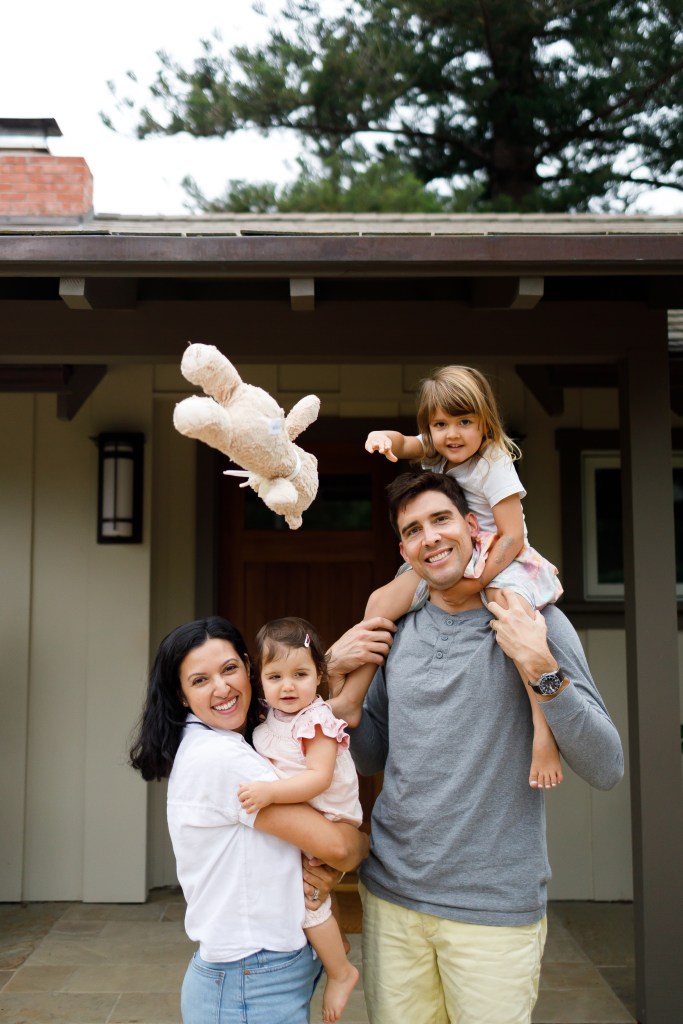
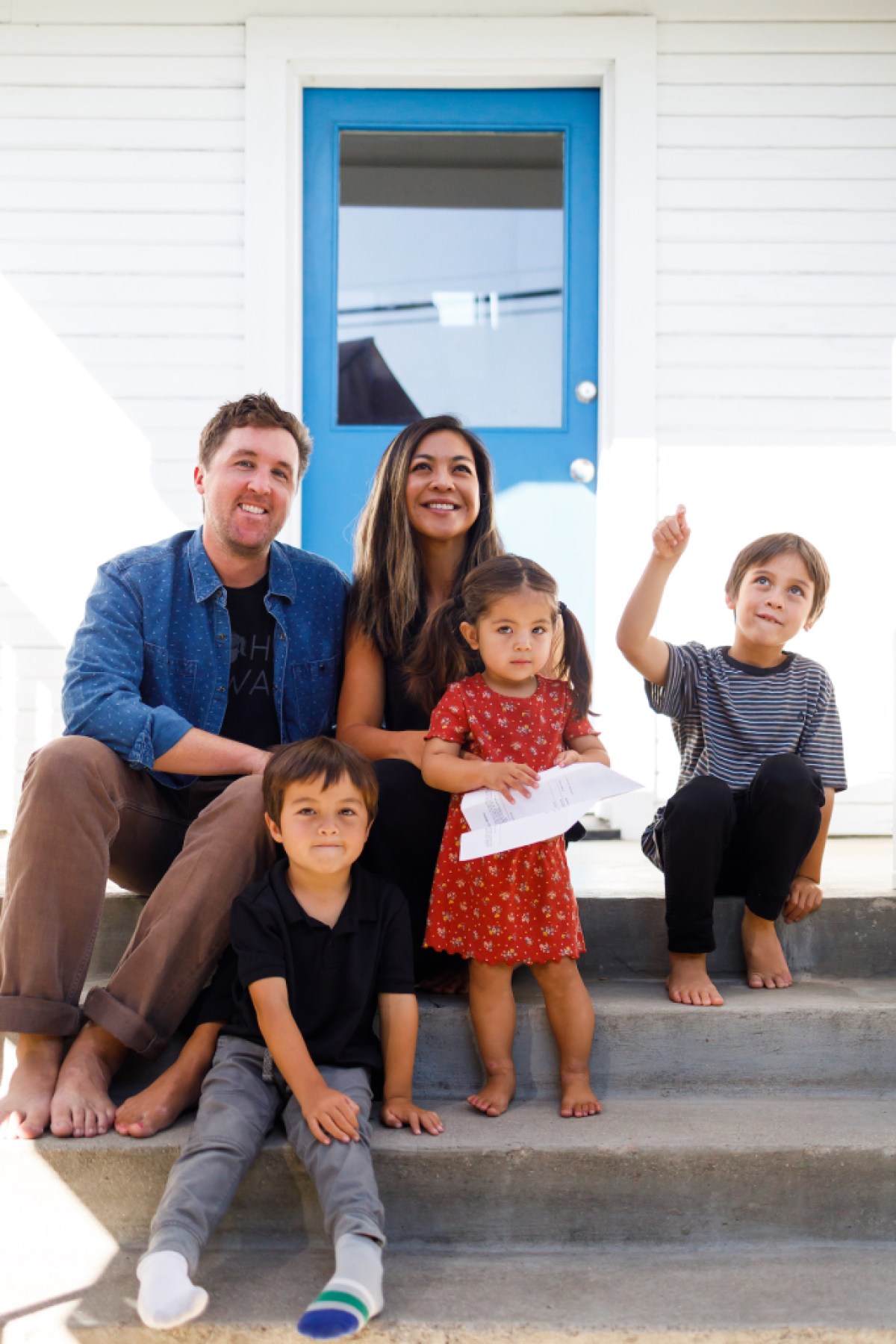
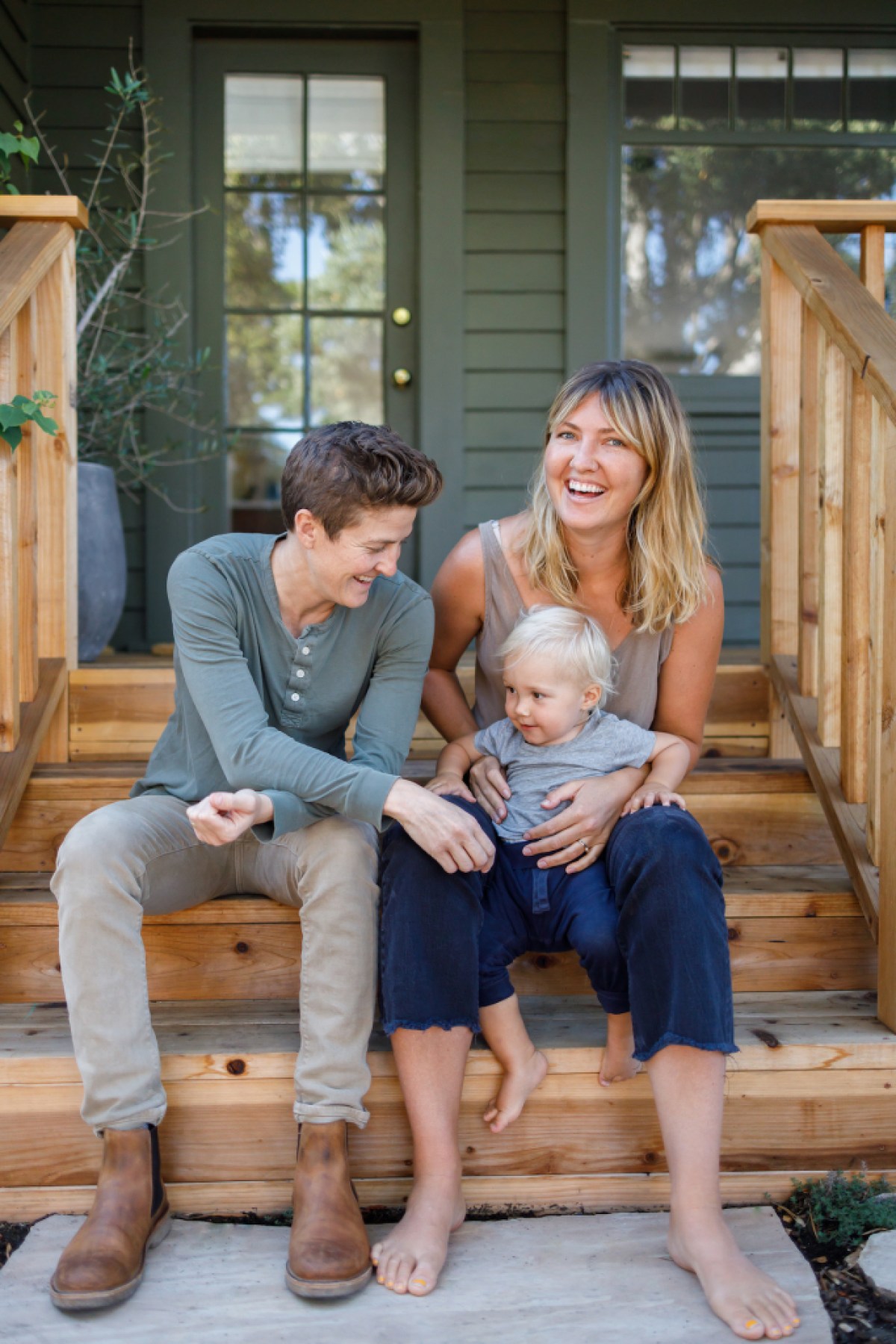
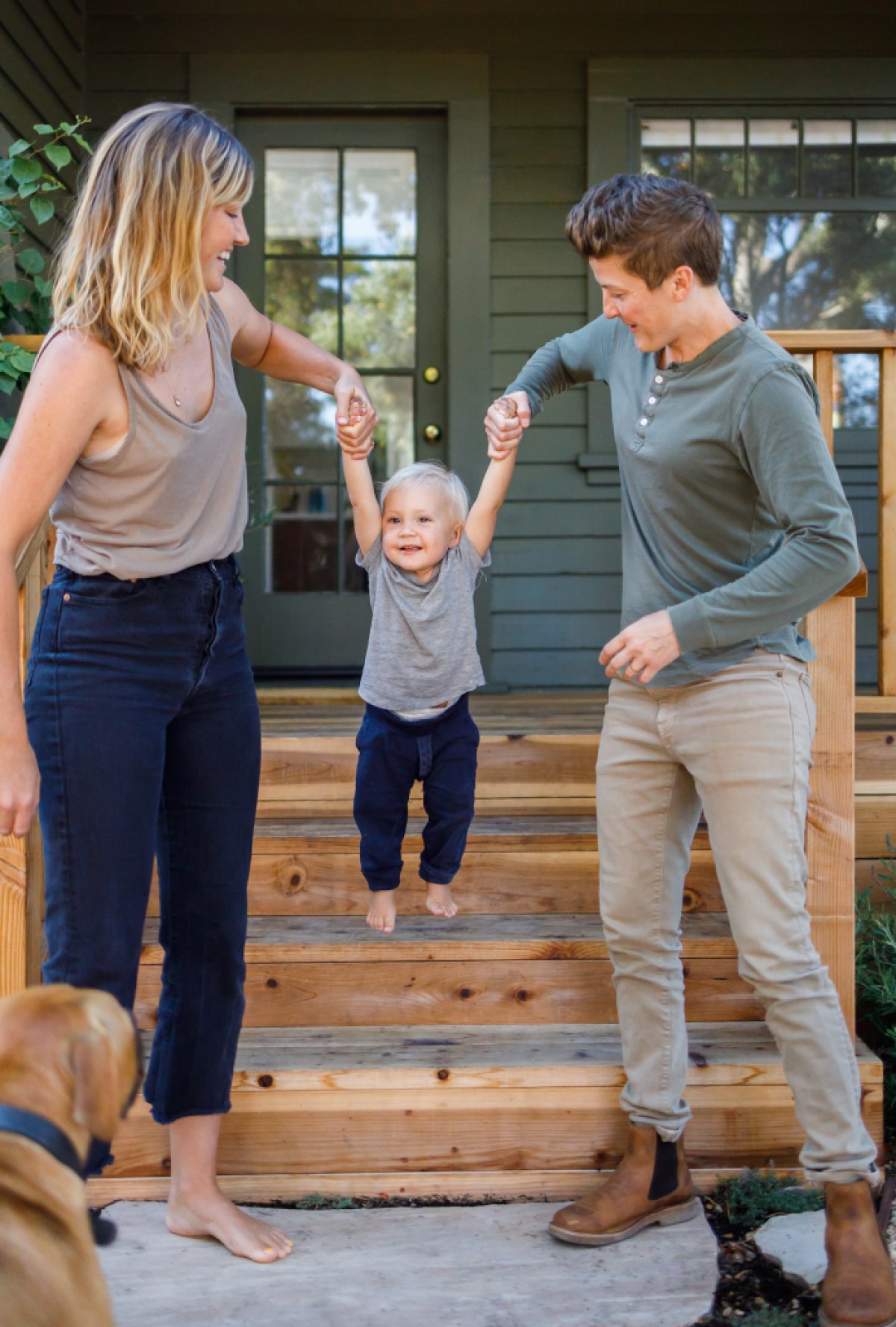
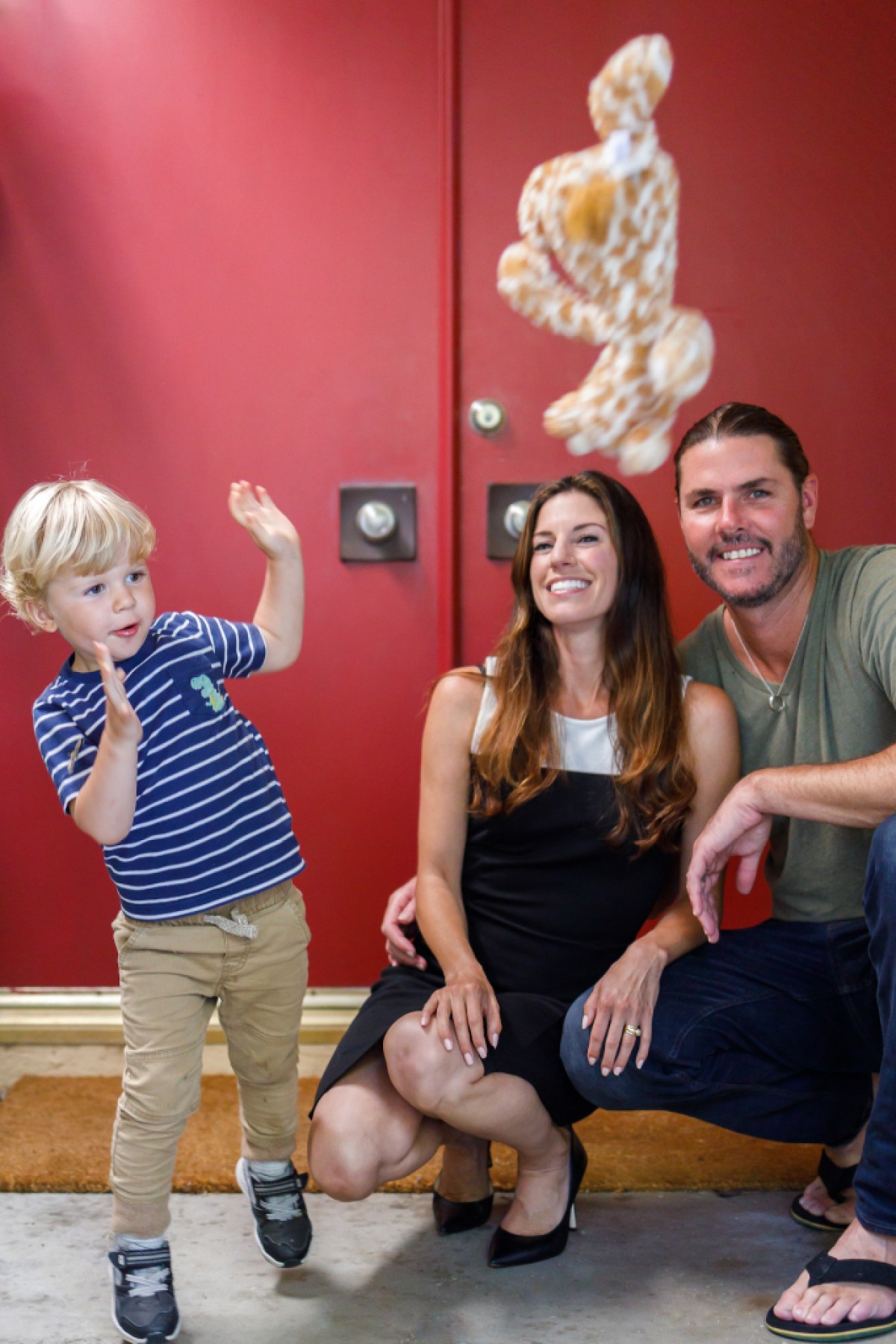
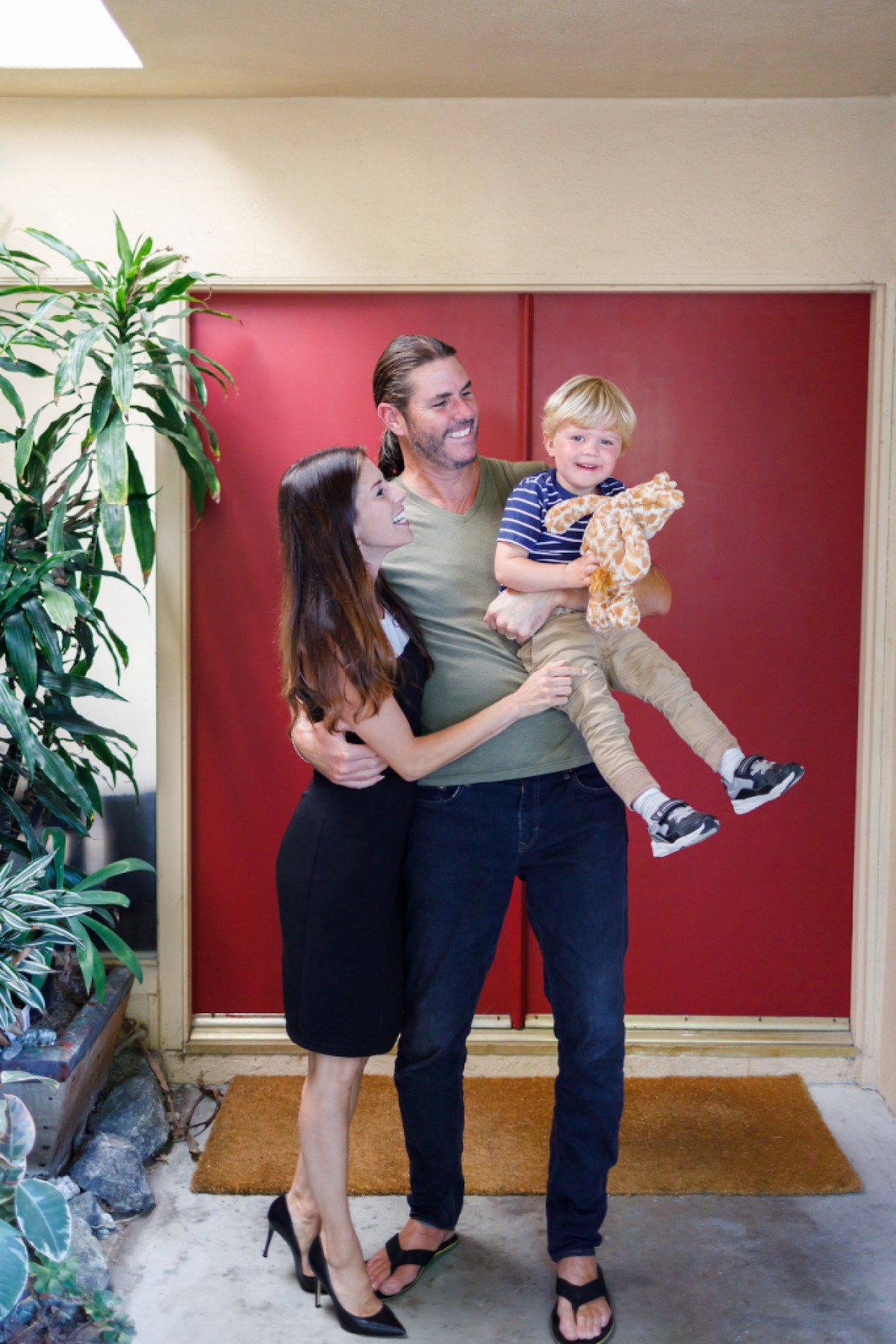
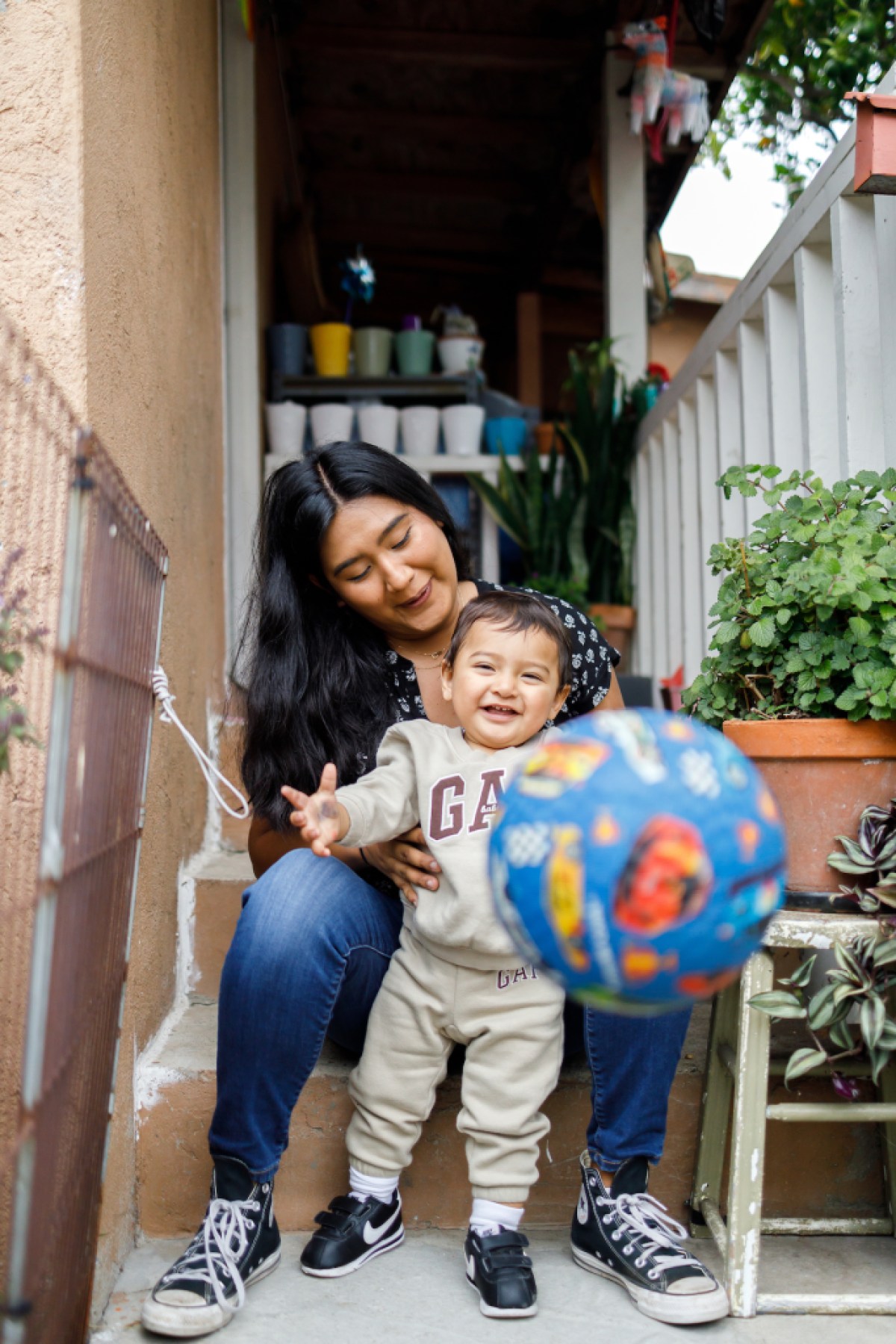



You must be logged in to post a comment.